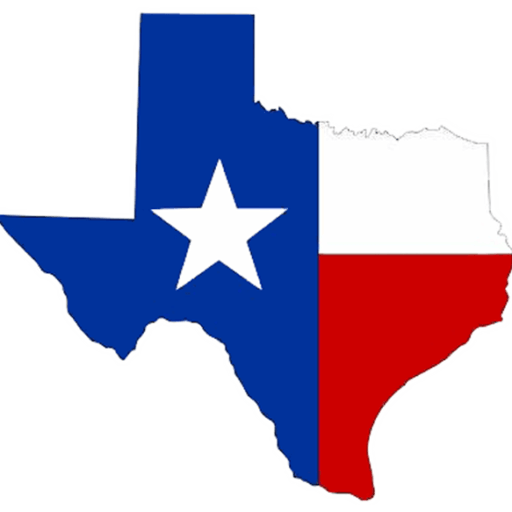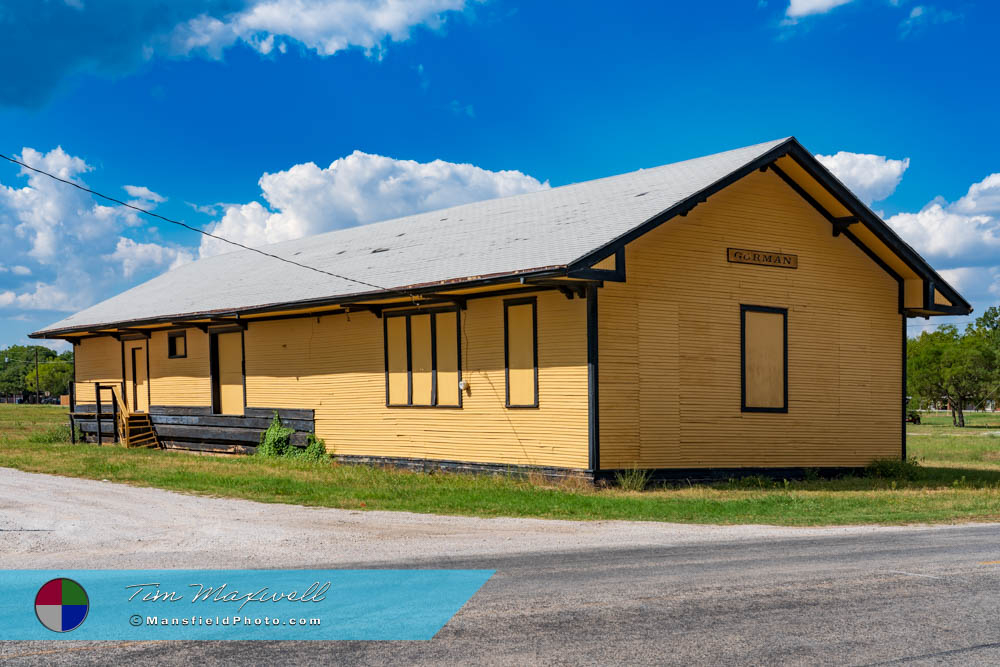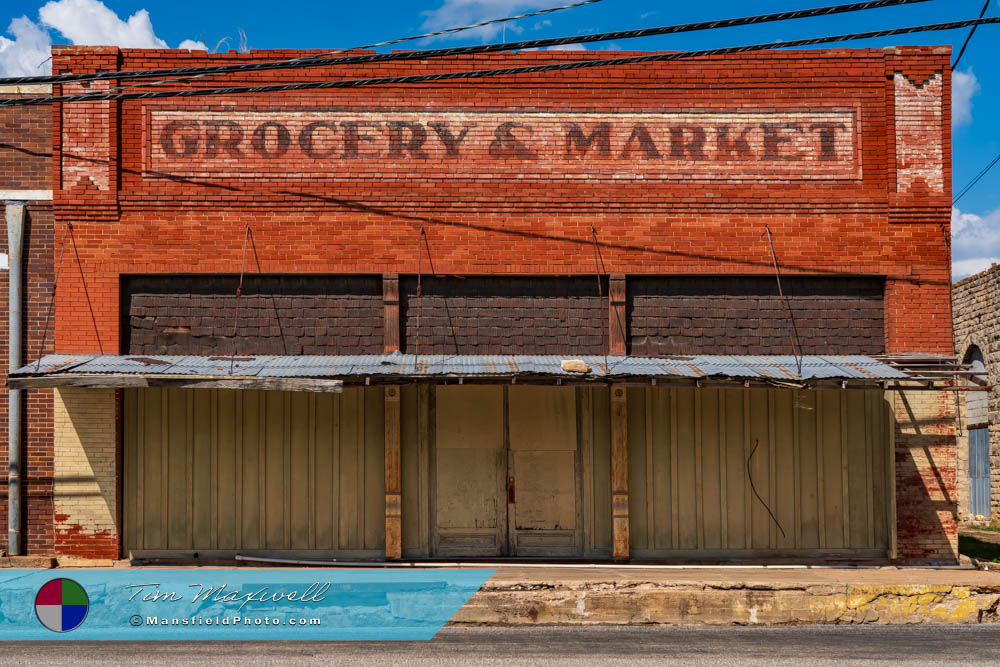Mansfield Photography
Gorman, Texas
– Small Town Celebrating Peanuts.
Gorman, Texas, was named after Patrick Gorman, roadmaster of the Texas Central Railroad in 1889.
Early Settlement and Founding
The town was first settled in the late 19th century, with its official founding occurring in 1889. The arrival of the Texas Central Railroad helped fuel the town’s growth by connecting it to larger markets and facilitating the transport of goods, particularly agricultural products. The fertile soil in the region made it an ideal location for farming, and agriculture quickly became the backbone of the local economy.
In its early years, It thrived as a farming community, with cotton, peanuts, and grains being the primary crops. As more settlers arrived, the town expanded its infrastructure, building schools, churches, and businesses to serve the growing population.
Historic Downtown Gorman
Downtown offers a glimpse into the town’s rich agricultural past. Many of the buildings in the downtown area date back to the early 1900s and have been well-preserved, retaining the charm of small-town Texas. The main street is lined with historic brick buildings that once housed general stores, banks, and other businesses that were vital to the community’s growth.
Although it is a small town, the downtown area is still a hub for local activity. Today, visitors can find small shops, family-owned businesses, and local eateries that reflect the town’s welcoming and close-knit atmosphere. The slower pace of life and the friendly nature of the residents make Gorman a peaceful place to visit or call home.
Interesting Facts About Gorman
Peanut Festival: The town holds an annual Peanut Festival, celebrating the town’s agricultural history and its importance as a peanut-growing region. The festival includes parades, contests, and live entertainment, bringing the community together each year.
Railroad Town: Its growth was largely due to the Texas Central Railroad, which provided a vital connection to other towns and cities in Texas. The railroad allowed farmers to easily transport their crops to larger markets, spurring economic growth in the early 1900s.
Agricultural Heritage: Known for its peanut farming, the town has long been a center for agricultural production in the region. The fertile soil and favorable climate have made it an ideal location for a variety of crops over the years.
Gorman Today: A Quiet and Historic Town
Today, Gorman is a small town with a population of around 1,000 people. While it remains rooted in agriculture, the town has embraced its historical legacy and quiet charm. Gorman may not be a bustling city, but its residents enjoy the peaceful atmosphere and strong sense of community that come with small-town living.
Agriculture continues to be an essential part of the local economy, with farming and ranching still providing a livelihood for many families in the area. The annual Peanut Festival remains a highlight, drawing visitors from across the region to celebrate the town’s farming traditions.
Conclusion
Gorman, Texas, is a town that honors its agricultural past while maintaining a strong sense of community in the present day. From its early days as a railroad stop to its current role as a small farming town, Gorman has always been closely tied to the land and its resources. Whether you’re visiting for the Peanut Festival or taking a stroll through the historic downtown, Gorman offers a quiet, welcoming escape with a rich history to explore.
📸 Interested in More Photos of This Town?







